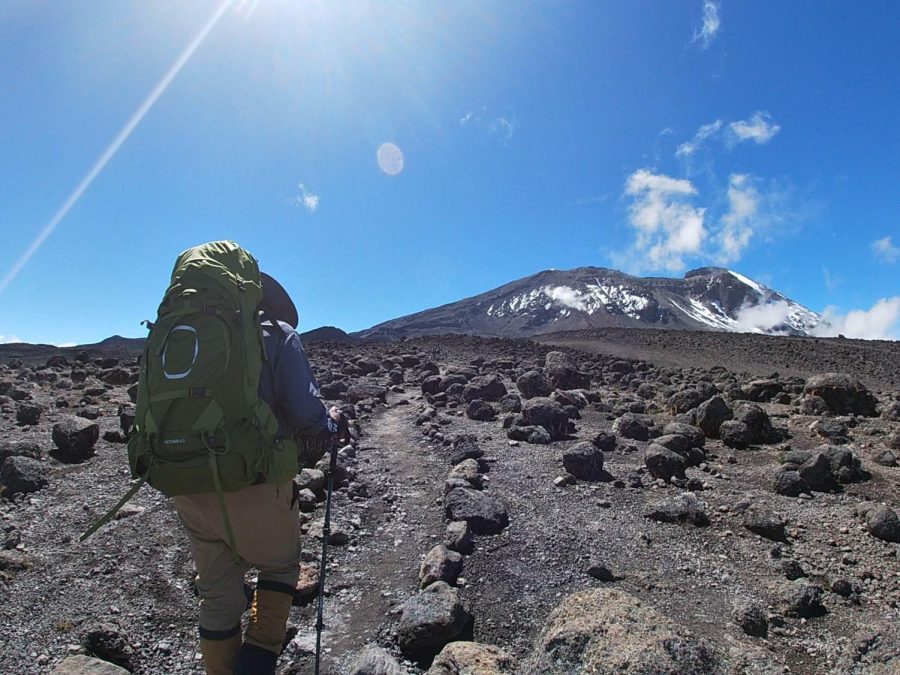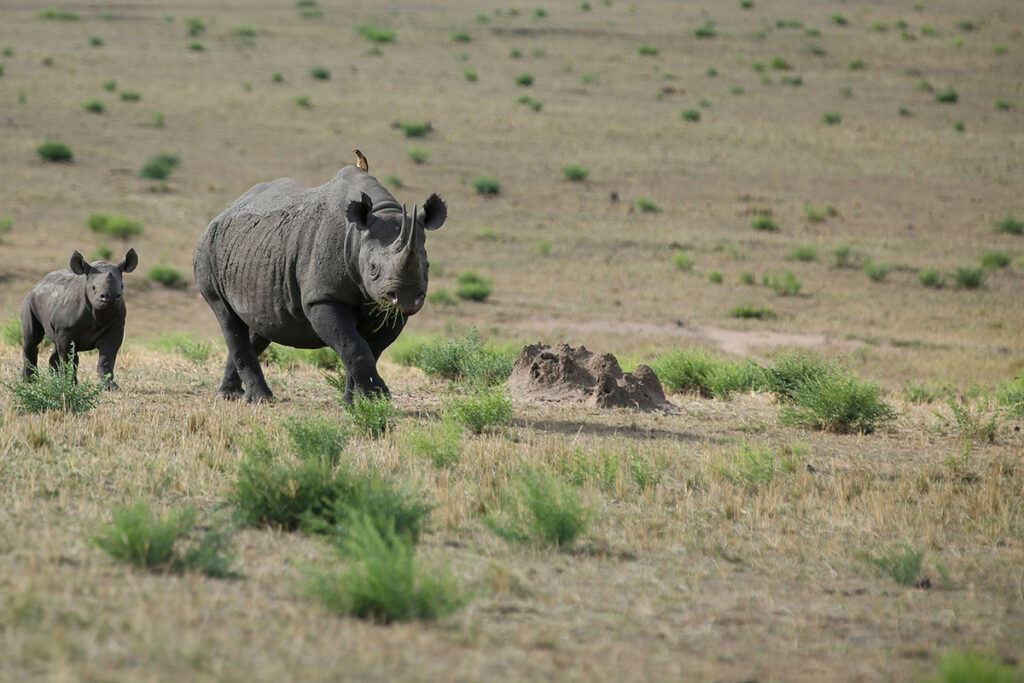Mount Kilimanjaro, Africa’s tallest free-standing mountain, is an incredible showcase of nature’s diversity. It’s like walking through five different ecosystems in one epic climb, each with its own characteristics. One of the most fascinating regions is the high-altitude alpine zone. As you move up the slopes, you’ll see landscapes transform dramatically, providing a unique trekking experience unlike any other in the world.
Understanding the Alpine Zones of Mount Kilimanjaro

Kilimanjaro’s high-altitude zones begin above the moorland belt, at around 4,000 meters (13,123 feet). There are two main high-altitude zones on Mount Kilimanjaro:
- Alpine Desert Zone (4,000m – 5,000m / 13,123ft – 16,404ft)
- Arctic Zone / Summit Zone (Above 5,000m / 16,404ft)
Characteristics of Each Zone
| Zone | Elevation Range | Climate | Vegetation | Terrain |
|---|---|---|---|---|
| Alpine Desert | 4,000m – 5,000m (13,123ft – 16,404ft) | Dry, extreme temperature swings | Sparse grasses, moss, and lichen | Rocky, volcanic gravel, and scree |
| Arctic / Summit Zone | Above 5,000m (16,404ft) | Freezing cold, oxygen scarce | None or very minimal plant life | Glaciers, ice fields, barren rock |
1. Alpine Desert Zone: A Land of Extremes
The Alpine Desert Zone starts at around 4,000 meters and stretches up to 5,000 meters. As its name suggests, it resembles a barren desert, except here, the air is thin, temperatures swing drastically, and moisture is almost non-existent.
Key Features:
- Temperature Swings: Temperatures can drop below freezing at night but soar to scorching levels during the day.
- Sparse Vegetation: You’ll notice mostly lichen, hardy grasses, and small shrubs that have adapted to harsh conditions.
- Dry Conditions: The zone is characterized by its dryness, making dehydration a real risk for climbers.
Flora and Fauna: Due to the harsh climate, only a few plant species, like giant groundsels and everlasting flowers, manage to survive. Fauna is almost non-existent, except for the occasional sighting of birds such as the white-necked raven.
Terrain: This zone consists mainly of loose volcanic rocks, scree, and gravel, making footing difficult and the landscape lunar-like.
2. The Arctic Zone: Where Life Ceases
The Arctic Zone, or the Summit Zone, is what most climbers dream of reaching: the top of Africa. This is where Kilimanjaro’s glaciers dominate the landscape, and temperatures are perpetually freezing.
Key Features:
- Extreme Cold: The temperature rarely rises above freezing, and the oxygen level is only about half that of sea level.
- Limited Plant Life: There’s virtually no vegetation, as the extreme cold and low oxygen levels make survival difficult.
- Stunning Ice Fields: Glaciers and ice fields sculpt the landscape, creating a surreal, frozen environment.
Climbers’ Challenges: This zone is infamous for altitude sickness due to the rapid drop in oxygen levels. It’s not uncommon for trekkers to experience dizziness, nausea, or headaches as they push towards the summit.
Why Do Trekkers Find the High-Altitude Alpine Zones Challenging?

Trekking through Kilimanjaro’s high-altitude alpine zones is not for the faint of heart. The conditions here are a far cry from the lush rainforest and moorlands below. Here’s why:
- Oxygen Deprivation: Above 4,000 meters, oxygen levels decrease significantly, putting stress on the body.
- Cold Temperatures: Nighttime temperatures can plummet, making proper gear and clothing essential.
- Unpredictable Weather: You might experience sunshine, rain, snow, and even hail—all within a few hours!
Tips for Trekking Through the High-Altitude Alpine Zones

To successfully navigate these harsh alpine zones, trekkers need to be well-prepared. Here are some essential tips:
- Acclimatization is Key: Take your time ascending to allow your body to adjust to the lower oxygen levels.
- Stay Hydrated: The dry air in these zones can dehydrate you quickly.
- Dress in Layers: Prepare for extreme temperature changes. Layering is the best way to manage warmth and comfort.
- Bring Quality Gear: Ensure your equipment—like sleeping bags and tents—is designed for high-altitude, cold conditions.
- Monitor Your Health: Pay attention to symptoms of altitude sickness. If you feel unwell, it’s essential to descend immediately.
Kilimanjaro’s Alpine Zones: What Makes Them Unique?
Kilimanjaro’s high-altitude alpine zones are special because they are a stark contrast to the lush forests and moorlands below. They’re a prime example of nature’s adaptability and endurance. Here’s a closer look at what sets these zones apart:
- Dramatic Landscape Changes: Going from rich rainforests to barren alpine deserts within a few kilometers is a rare experience found in few places around the world.
- Isolation and Solitude: As you ascend, you’ll notice fewer trekkers, making these zones feel more remote and tranquil.
- Unpredictability: The weather in the alpine and summit zones can change in an instant, making every step an adventure.
FAQs
1. What is the best time to climb through Kilimanjaro’s high-altitude zones?
The best time is during the dry seasons, from January to March and June to October, when conditions are more stable, and the visibility is better.
2. How long does it take to reach Kilimanjaro’s alpine zones?
It typically takes about 2-3 days of trekking to reach the alpine desert zone, depending on your chosen route.
3. What makes the summit zone so dangerous?
The extreme cold, low oxygen levels, and steep ascent make the summit zone particularly hazardous. It requires mental toughness, physical stamina, and proper acclimatization to avoid altitude sickness



